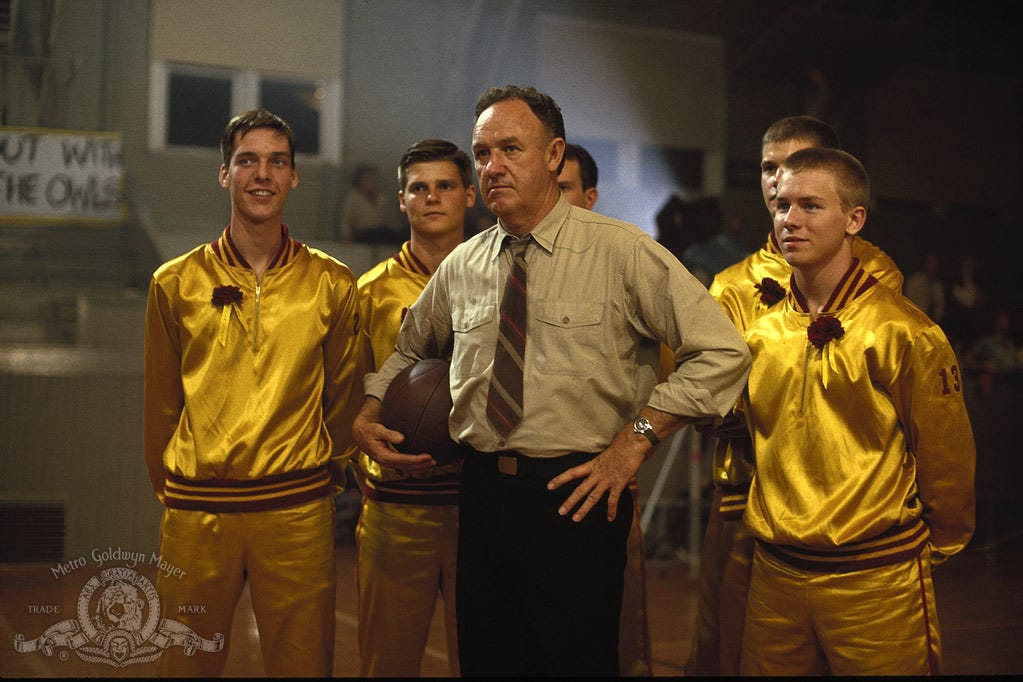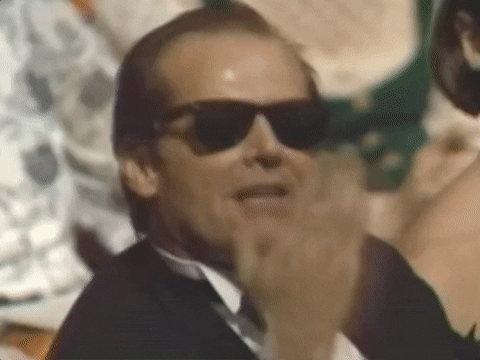The sun was setting on what was a beautiful summer day. The director and cinematographer were waiting for the golden hour; that moment of perfect lighting when they would shoot just one more scene. Then the cast and crew could wrap.
I was a 16 year-old Production Assistant, thoroughly enjoying my first experience on a real set. I was part of a crew shooting four different commercials over two weeks for a healthcare system client. The particular spot we were working on involved several different scenarios in which ordinary people found themselves in slightly humorous, yet risky situations that would inevitably result in a trip to the local urgent care clinic or the E.R. And there was a voice-over that drove the spot, tying all scenes together.
For example, one scene featured a woman in a large, wide-brimmed hat swatting the air in a panic as she stumbles around her front garden. The voice-over said, “As long as Mrs. Sanders insists on knocking down wasp nests in her back yard…” The point being that whatever small health crisis people find themselves in, this particular healthcare system would be there for them.
The scene we were about to shoot before losing the daylight involved a teen playing one-on-one basketball with a middle-aged man in the driveway of a picturesque rural home; dormer windows, wrap-around porch, detached garage, large oaks in the front yard. It was the kind of house that, when spotted from the car window while on a family road trip, your mom would “ooh” and “ahh” and say, “Now would you look at that house.”
The action called for the middle-aged man to dribble around the teenage opponent, then drive hard to the hoop, where he would attempt a 360 spin move, fail miserably, and tumble off camera to the horrified look of the teenager.
“And as long as Hugh continues to attempt 360 dunks in his driveway… we’ll be there.”
There was only one problem: the teenage actor never showed. So there we were, the perfect lighting fading quickly, with only one actor with which to shoot a basketball scene that required two.
Now where in the world would the director find a teenager to fill in at the absolute last moment?
That’s when all the eyes fell on me.
I tried to contain my excitement as the Producer and Director asked if I would be willing to play the part. I tried my best to sound casual: “Sure,” while internally I screamed, “Are you kidding?! Absolutely!”
I had just graduated from lowly Production Assistant to… Talent.
They quickly rushed me off to wardrobe where I put on a different t-shirt and some gym shorts. The hair and makeup stylist spritzed my hair to make it look a little more sweaty and disheveled. Then I signed some paperwork and I was on set, ready to go.
The scene didn’t take too long to shoot, because we were running out of daylight. The director first got a medium-wide of the middle-aged man, looking over my shoulder. Then he went for a wide shot, showing the basketball goal at frame left and the talent frame right. My opponent dribbled one way, then he quickly changed course, faking me out. It wasn’t that hard to act like I was terrible at basketball, because, well… I was terrible at basketball. The main acting challenge was to:
Look disappointed and frustrated, then
Look surprised and worried when my opponent fell out of frame after attempting a 360 spin move.
The director got the shots he wanted and called “Wrap.” I thought it went really well. It was another hard day’s work on set, but actually getting in front of the camera was a pleasant surprise. A few weeks later, my family and I finally saw the finished commercial and it was exciting to see myself on broadcast television. Then, a few months after that, I got a surprise in the mail…
A check. For my work as an actor in the commercial.
This is when I learned the meaning of two very important words: residual payments. I had no idea I could continue to make money on services I had already provided. But there it was, clearly spelled out in dollars and cents. When the client decided to renew the commercials for a longer broadcast run, that entitled me to additional payments. As long as the commercials were renewed, I would get paid.
I could get used to this.
I guess up until that moment I had always viewed the realities of labor in a very blue-collar, middle-class kind of way: You work every day and you get paid for it; you don’t work and you won’t get paid. And yet here was a new, almost incomprehensible way of doing things: don’t work and get paid. I might not have understood the math, but I liked the answer. Then I learned the fancy label for it: passive streams of income.
I keep that lesson in mind even today, whether it’s selling stock footage or hawking t-shirts based on my film Big and Tall. So think about what it is that you have to offer. How can you create value for yourself and your own personal brand? How can you turn a hobby, an idea, a design into a self-sustaining stream of income for yourself? What inspires you can also inspire others. So, get out there on the floor and run the ‘ole picket fence at ‘em. Just don’t get caught watching the paint dry.
* This week’s subtitle references this scene from one of my favorite movies ever.





